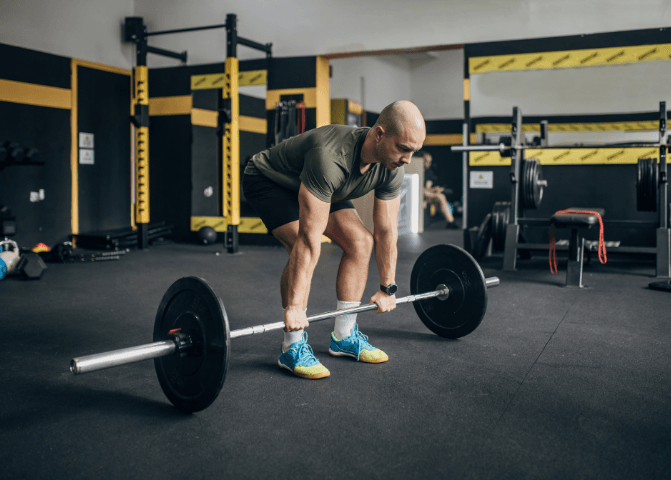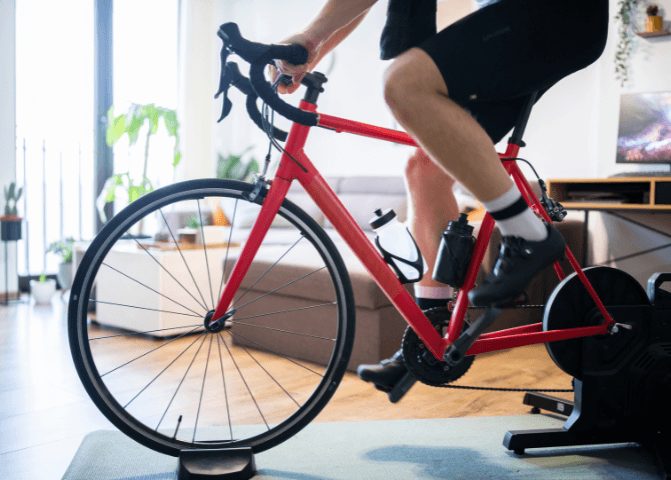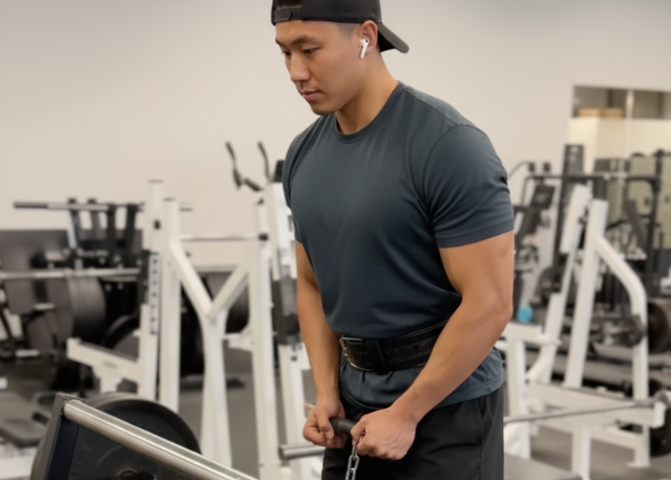27/10/2024
Longevity Training To Live To 100
By Dr Ganesh Naidoo, BSc biomed, MBBS FRACGP
If our aim is to live a longer, more fulfilling life, we should focus on preserving our ability to enjoy the activities that bring us joy. Achieving this requires adopting an athlete’s mindset, with the daily discipline to train for the future. Peter Attia calls this approach the “Centenarian Decathlon”—preparing now for how we want to move and perform in the final decades of our lives.
For me, it’s all about travel. There’s nothing more exhilarating than arriving in a new city and exploring its streets among a bustling crowd. I want to keep doing that well into my later years. To make it possible, I need the strength to get in and out of cars, climb stairs, lift suitcases into overhead lockers, and walk several kilometers a day unassisted.
In my 40s now, I’m already training for that future. Building strength, stability, and aerobic capacity now is essential for independence and quality of life.
Why Is Strength Training So Important To The Length and Quality of life?
Strength training focuses on building lean muscle mass in essential muscle groups that support stability, including the legs, glutes, back, and chest. As we age, strength declines naturally—by roughly 1-2% per year. This decline compounds over time, and if we don’t maintain our strength, it impacts our ability to carry out everyday tasks, like standing up from a chair, carrying shopping bags, or walking uphill.
Compelling evidence from global studies shows that strength, particularly in the legs and grip, is inversely related to all-cause mortality (including from conditions like heart disease and kidney failure – Mandsager et al., 2018). In other words, the stronger you are, the lower your risk of early death.
Just moving from low fitness to below average fitness shows a 50% reduction in all-cause mortality. That’s phenomenal. Apart from quitting smoking, there is nothing that comes close to that kind of risk reduction.
Why VO2 Max Matters
To keep our cardiovascular system healthy, we need to build a strong aerobic foundation, which enhances our heart, lungs, and muscles’ ability to use oxygen effectively. This capacity, measured as VO2 max in lab settings, indicates how efficiently our body uses oxygen. The fitter we are, the better our heart pumps blood, the more efficiently oxygen moves from our lungs into the bloodstream, and the more effectively our muscles convert that oxygen into energy. VO2 max is a measure of how well our body’s engine works.
Building a solid aerobic base starts with Zone 2 training, where you maintain a heart rate of 60-70% of your maximum. This type of training enhances your body’s glucose utilization and improves mitochondrial efficiency in energy production. Additionally, dedicating time each week to Zone 5 training—also referred to as VO2 max training—is essential. Zone 5 represents the peak of aerobic activity, where oxygen usage reaches its plateau. The higher your VO2 max, the fitter you are; for example, elite Olympic rowers utilize around 6-7 liters of oxygen per minute. A strong engine means our body uses fuel more effectively.
Training Plan to live to 100
Applying these principles, here’s a weekly training regimen designed to maximize strength in key muscle groups and build a strong aerobic foundation. Here’s what an optimal week might look like:
Weekly Training Plan
Monday: Lower Body Strength
Tuesday: Zone 2 Cardio 45 minutes
Wednesday: Upper Body Strength
Thursday: Zone 2 Cardio 45 minutes
Friday: Lower Body Strength
Saturday: Zone 2 Cardio (20 minutes) plus Zone 5 Cardio (10 minutes)
Sunday: Upper Body Strength
Strength Training Guidelines
Perform 4 sets of 8-12 reps for each exercise.
Choose a weight that challenges you, so the last 1-2 reps in the 4th set are difficult to complete.
Once all 4 sets feel manageable, increase the weight for the next session to encourage progressive overload.
Exercise Splits
Upper Body Strength
Chest Press
Shoulder Press
Bicep Curls
Overhead Tricep Extension
Pull-Ups or Lat Pull-Down
Lower Body Strength
Goblet Squats
Leg Extension
Hamstring Curls
Standing Calf Raise
Seated Calf Raise
Hip Thrusts
Deadlifts

Deadlifts build lower body strength while enhancing core stability and grip strength.
Aerobic Training Guidelines
For the most accurate aerobic training, try using a stationary bike with a trainer, like the Wahoo Kicker. Apps like TrainerRoad enable you to set specific wattage for each workout, helping to keep your heart rate exactly within the right zone for optimal results. Aim for a 45-minute session at the power level needed to stay in this heart rate zone.
Consider investing in a smartwatch or heart rate monitor to measure heart rate. To calculate your Zone 2 heart rate, subtract your age from 220 to estimate your maximum heart rate, then aim to stay within 60-70% of that number during your workouts. For example, if you’re 40 years old, your estimated maximum heart rate is 180 beats per minute (bpm). Zone 2 training would keep your heart rate between 108 and 126 bpm.
Zone 2 Training
Zone 2 training can be done with any aerobic activity that keeps your heart rate between 60-70% of your maximum, where fat becomes the primary fuel for your muscles. This level of exertion is often described as being able to comfortably hold a conversation while exercising.
Options include:
- Cycling on a trainer in erg mode
- Walking on a treadmill with a 10-15% incline
Zone 5 Training
Zone 5 training is an aerobic level at your VO2 max.
- Cycle on a trainer in erg mode, using interval training: 3 minutes in Zone 2, followed by 1 minute in Zone 5 (at 125% of Functional Threshold Power).

Training For A Stronger Life
Recommended reading
Search for a specific topic or filter by categories to find information on what you need to know on the full Medmate Journal


The Belt Squat RDL is a Game-Changer
Looking to build a stronger, more powerful lower body while minimizing risk? The Belt Squat RDL might just be the exercise you’ve been missing. This unique movement, often overlooked, offers…
